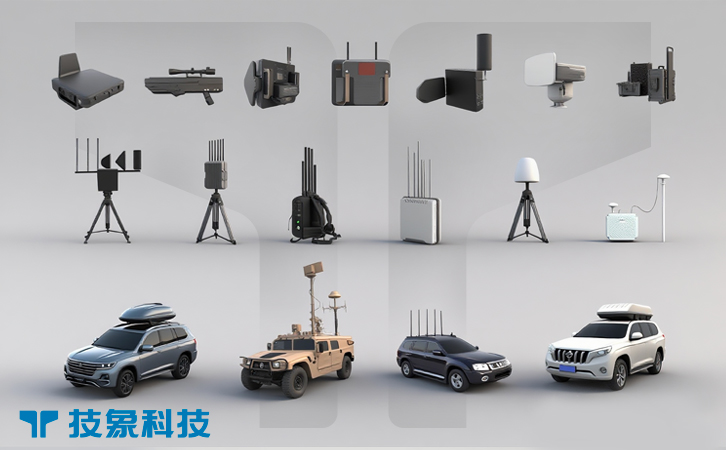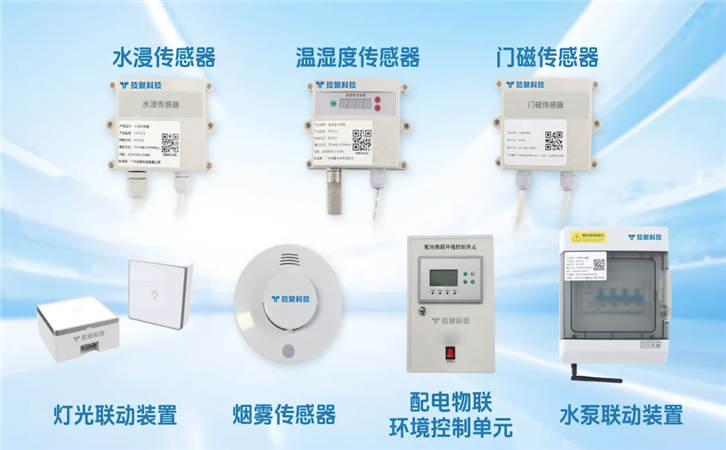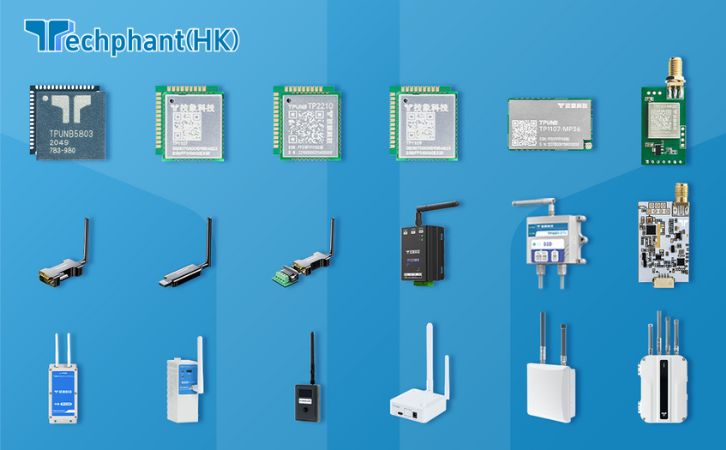The proliferation of unmanned aerial vehicles (UAVs), or drones, has introduced significant security risks, ranging from unauthorized surveillance to potential terrorist attacks. Anti-UAV systems have become essential tools for mitigating these threats, offering advanced detection, tracking, and neutralization capabilities to protect critical assets and public safety. These systems are deployed across diverse sectors, from military operations to civilian infrastructure, addressing the dynamic challenges posed by increasingly sophisticated drones. This article explores the key applications of anti-UAV systems and their strategic importance in safeguarding airspace, ensuring operational continuity, and enhancing security in a drone-dominated era.
I. Military Applications: Securing Defense Operations
Anti-UAV systems are indispensable in military contexts, where drones pose threats ranging from reconnaissance to direct attacks. Modern warfare has seen a surge in weaponized drones, which can carry explosives, conduct surveillance, or disrupt operations. For instance, in conflict zones like Ukraine and the Middle East, non-state actors have used consumer-grade drones to deliver payloads or gather intelligence, necessitating robust countermeasures. Systems like the U.S. Army’s Counter-Unmanned Aircraft System (C-UAS), which integrates radar, jammers, and lasers, are deployed to protect forward operating bases, convoys, and strategic assets. These systems detect and neutralize drones at ranges up to several kilometers, ensuring troop safety and operational security.
Beyond immediate threat mitigation, anti-UAV systems enhance situational awareness by providing real-time data on enemy drone activities. For example, radiofrequency (RF) sensors can intercept drone control signals, revealing the operator’s location for counterintelligence purposes. Mobile anti-UAV units, such as vehicle-mounted jammers or portable laser systems, offer flexibility for dynamic battlefield scenarios. The strategic importance lies in maintaining air superiority and protecting sensitive military infrastructure, such as command centers or missile defense sites, from low-cost, high-impact drone threats. As drones become more autonomous, military anti-UAV systems are evolving to counter swarm tactics, ensuring resilience against complex, multi-drone attacks.
II. Critical Infrastructure Protection: Safeguarding Key Assets
Anti-UAV systems play a vital role in securing critical infrastructure, including power plants, oil refineries, data centers, and transportation hubs. Unauthorized drones can disrupt operations, steal sensitive data, or cause physical damage. A notable example is the 2019 attack on Saudi Arabia’s Abqaiq oil facility, where drones caused significant disruptions, highlighting the vulnerability of energy infrastructure. Anti-UAV systems, equipped with radar, EO/IR cameras, and jamming technologies, are deployed to create secure perimeters around such facilities, detecting and neutralizing drones before they can approach restricted areas.
Airports are another critical application area, where drones pose risks to air traffic safety. The 2018 Gatwick Airport incident in the UK, where drone sightings grounded flights for days, underscored the need for effective countermeasures. Systems like the AUDS (Anti-UAV Defence System), which combines radar, RF detection, and directed-energy countermeasures, are now used to protect airports, ensuring uninterrupted operations. Similarly, nuclear facilities and chemical plants rely on anti-UAV systems to prevent espionage or sabotage, using multi-layered detection to monitor large perimeters. The strategic importance of these applications lies in their ability to protect economic and societal lifelines, preventing costly disruptions and ensuring public confidence in critical infrastructure security.
III. Public Safety and Event Security: Protecting Crowded Spaces
Anti-UAV systems are increasingly deployed to ensure public safety at large gatherings, such as sports events, concerts, and political rallies, where drones could be used for malicious purposes, including delivering harmful substances or capturing unauthorized footage. For instance, during the 2020 Tokyo Olympics, anti-UAV systems were used to secure stadiums, combining drone-detection radars with net-based capture systems to neutralize threats without endangering spectators. These systems are designed to operate in urban environments, where distinguishing drones from background noise or birds is challenging, using AI-driven classification to minimize false alarms.
Temporary deployments of portable anti-UAV systems, such as handheld jammers or drone-catching nets, are particularly effective for events with short-term security needs. These systems provide rapid response capabilities, allowing security teams to neutralize drones without disrupting the event. The strategic importance lies in maintaining public trust and safety, preventing panic, and ensuring compliance with privacy regulations by countering drones that could record or broadcast sensitive footage. By safeguarding crowded spaces, anti-UAV systems contribute to social stability and deter potential misuse of drone technology in public settings.
IV. Civilian and Commercial Applications: Privacy and Property Protection
Beyond military and public safety applications, anti-UAV systems are increasingly used in civilian and commercial contexts to protect privacy and property. Drones equipped with cameras can invade personal spaces, capturing footage of private residences or corporate facilities. High-profile individuals, such as celebrities or executives, use anti-UAV systems to secure their estates, employing RF jammers and EO/IR sensors to detect and disable intrusive drones. Similarly, businesses like film studios or research facilities deploy these systems to prevent intellectual property theft through aerial surveillance.
In correctional facilities, anti-UAV systems are critical for preventing drones from smuggling contraband, such as drugs or weapons, to inmates. For example, prisons in the U.S. and Europe have adopted systems like SkyFence, which uses RF disruption to create no-fly zones around facilities. These applications highlight the strategic importance of anti-UAV systems in upholding privacy rights and securing commercial assets. As consumer drones become more accessible, the demand for localized, cost-effective anti-UAV solutions is growing, driving innovation in compact, user-friendly systems that cater to smaller-scale deployments while maintaining robust defense capabilities.
Conclusion
Anti-UAV systems are a cornerstone of modern security, with applications spanning military operations, critical infrastructure protection, public safety, and civilian privacy. By addressing the diverse threats posed by unauthorized drones, these systems ensure operational continuity, protect economic assets, and safeguard lives. Their strategic importance lies in their ability to adapt to evolving drone technologies, from autonomous UAVs to coordinated swarms, while balancing effectiveness with regulatory and ethical considerations. As drone usage continues to grow, anti-UAV systems will remain essential for securing airspace, fostering innovation in detection and countermeasure technologies, and maintaining trust in the safety of both public and private domains.



